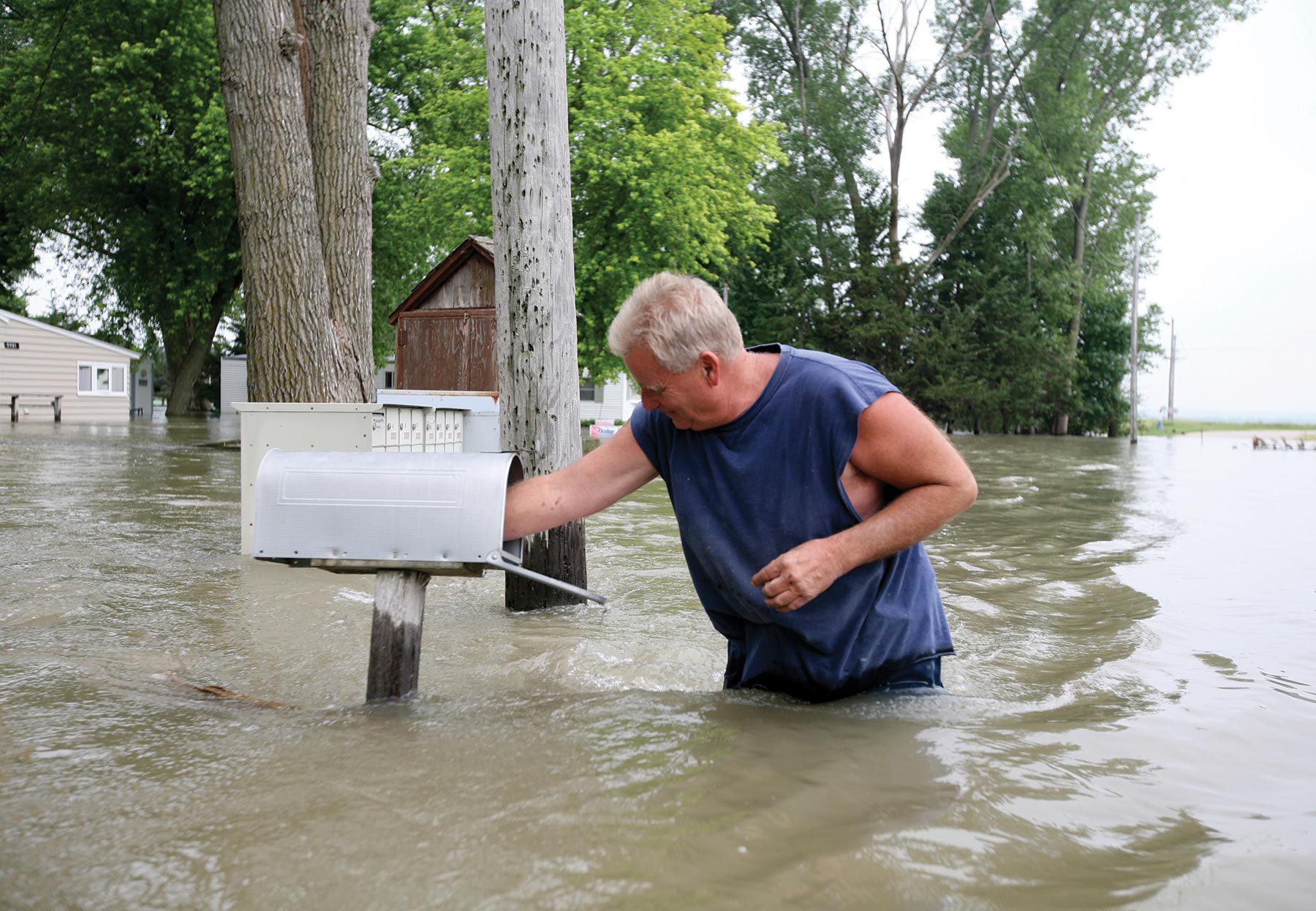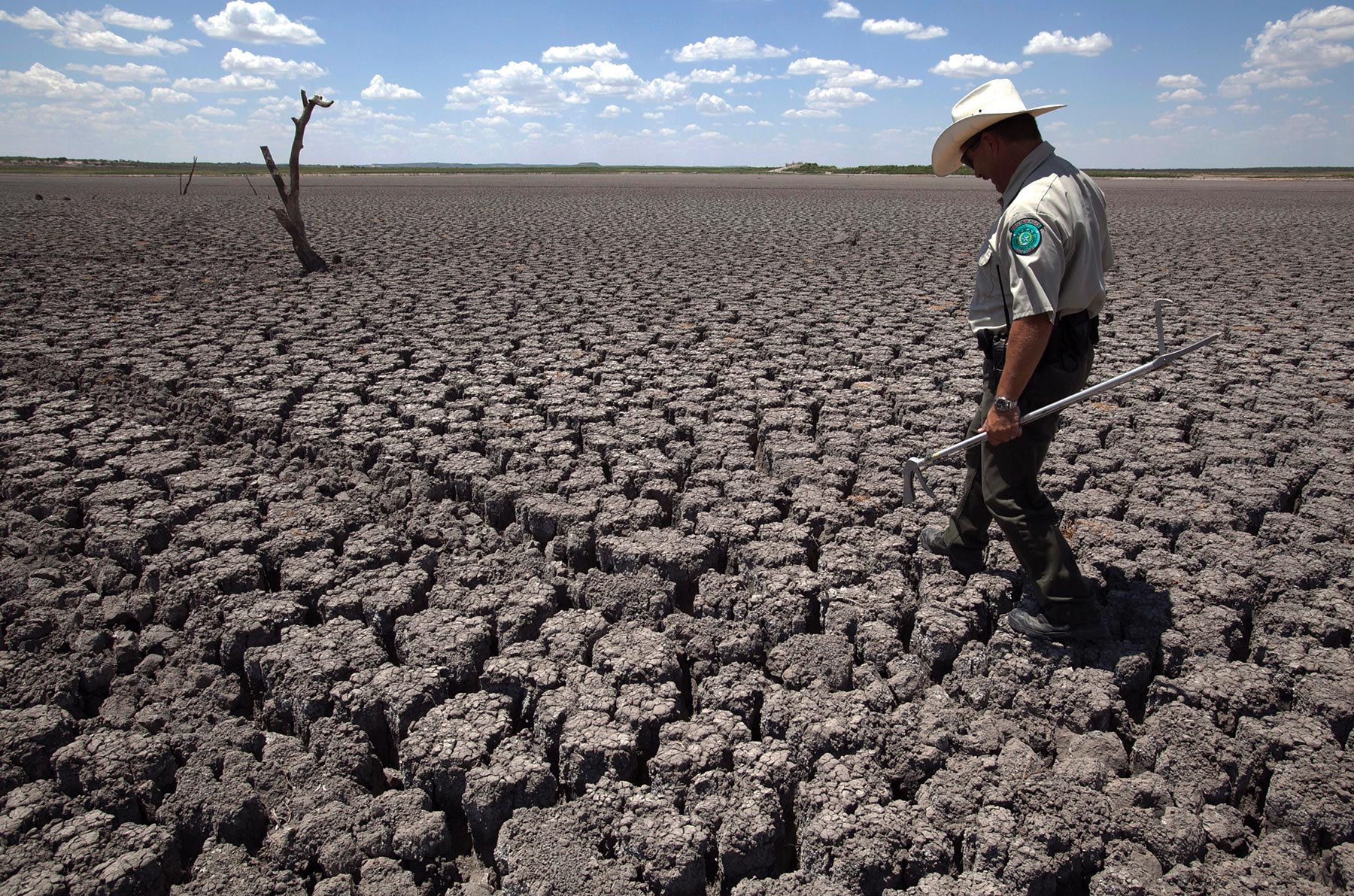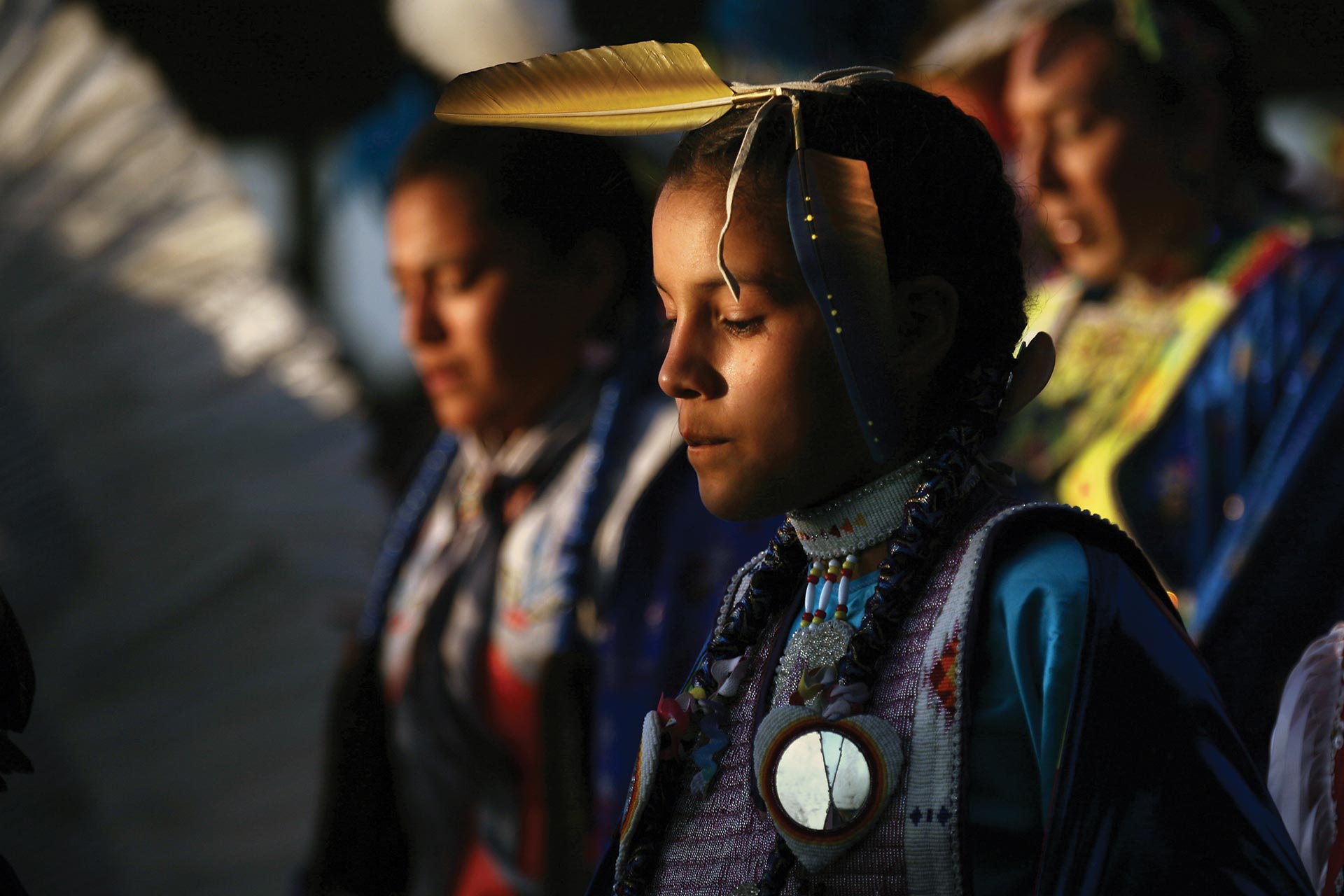Introduction
The Great Plains region includes the states of Kansas, Montana, Nebraska, North Dakota, Oklahoma, South Dakota, Texas, and Wyoming. The Highlights section below offers a high-level overview of climate change impacts on this region, including the five Key Messages and selected topics. (see Ch. 19: Great Plains)

















